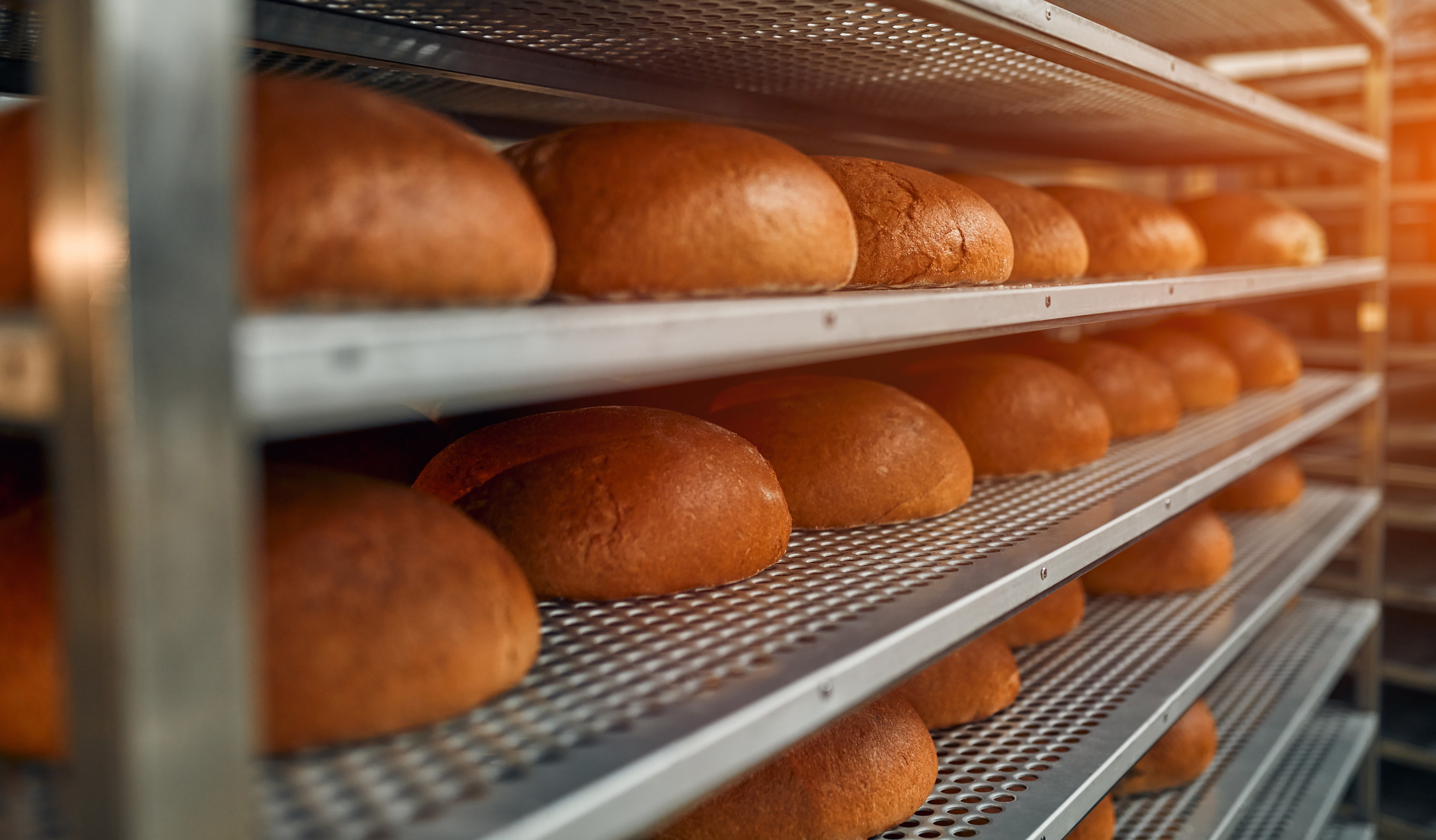SQF Code Edition 9: What’s Changing and How to Prepare
By LeAnn Chuboff, VP of Technical Affairs
See full article here at SafetyChain.

If your facility isn’t yet fully prepared for SQF Edition 9, you’re not alone. According to a SafetyChain poll, just 3% of respondents were completely ready for the changes as of January 2021.
With the SQF Edition 9 implementation date rapidly approaching, now is the time to familiarize yourself with what’s changed since SQF Edition 8.1 and to perform a gap assessment to prepare your facility. Here, we cover everything you need to know about the new SQF food safety code to get your plant ready.
While there’s still time to get ready for the implementation date, starting now will enable you to uncover any key gaps which could affect your certification status if left unaddressed. This will give you ample opportunity to update your processes to align with the new code before it goes into effect this spring.
SQF Code Edition 9 Implementation: Best Practices
Edition 9 was published on October 23, 2020. Implementation – the date on which audits will begin – is set for May 24, 2021.
Keep in mind that surveillance audits will be conducted to the Code against which they were certified. For example, if your site received a score for an audit against SQF Code Edition 8.1 that put it under surveillance, the surveillance audit will be against SQF 8.1.
SQF Edition 9 Recommendations
As you prepare your site to move from SQF 8.1 to SQF Edition 9, here are some best practices to guide you.
- Start by completing a gap analysis within your facility to identify necessary changes.
- Next, use the corrective action register and road map to help you identify which changes to implement to ensure compliance.
- After changes have been completed, perform a formal internal audit to verify compliance.
- Document SQF practitioner meetings with management on a standardized agenda with meeting minutes.
- Start cultivating a strong food safety culture by cascading SQF sponsorship from top management throughout the organization with the SQF practitioners as champions of the process.
- If needed, use a third party to help with or verify compliance.
- Start now: prepare your facility fully well before May 2021!
Recent Blog Posts
The FMI Foundation, in partnership with SQFI, awarded 19 scholarships from 152 applications for the 2025-2026 Food Safety Auditing Scholarship program.
Private brands in the grocery industry are experiencing significant growth, evolving from budget alternatives to strategic assets that drive customer loyalty and distinguish retailers.
Recall prevention means embedding food safety throughout your operations so those failures never reach the customer.




